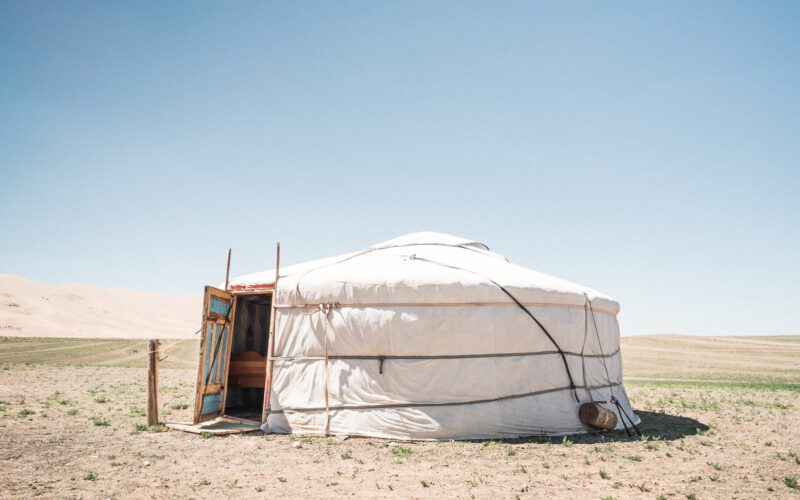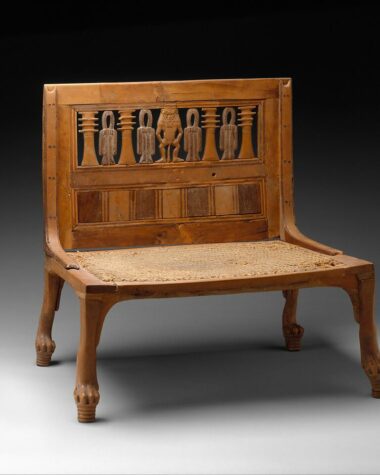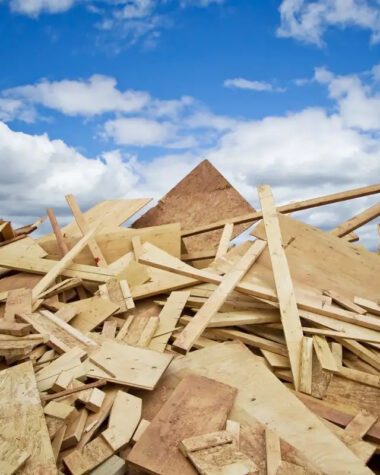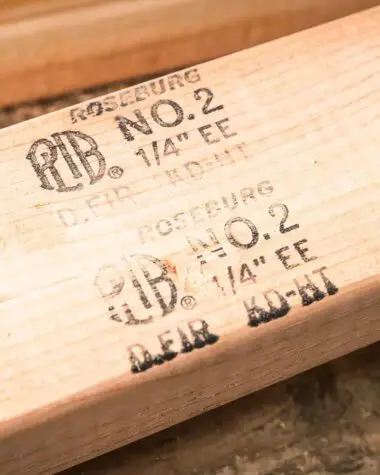If you look for something that will symbolize Mongolia, you probably need to see its traditional Gers. It is said that more than half of the country’s population lives in this traditional yurt. Although the very term “Ger” may sound quite unfamiliar at first, it actually refers to the traditional yurts constructed by the native nomadic families of Central Asia.
So, having a glimpse of their culture will let you realize that the concept of community and an association of a rural lifestyle in Mongolia are mostly found inside this popular dwelling.
Did You Know?
“Ger” means “house” or “household” in the Mongolian language, and the entirety of it weighs about 250 kg. It is a building with just one door and no windows with an addition of extra layers of felt, along with a plastic layer during the rainy season.
This traditional dwelling is meant to be easily assembled within one to three hours with little effort during disassembling. Assembling and disassembling the Ger allows nomads to move in search of better pastures for their livestock.
One would wonder if the nomadic family owns any land, given how frequently they travel around. Well, each resident of Mongolia is permitted to inhabit a specific amount of land. However, they need to register a plot of land with that village after settling there. Thus, the Ger’s location is typically determined by generations rather than by a designated land area.
If they are registered with the same community, another family that is not their own can move in and be close by. This means that privacy in one’s property doesn’t exist in the countryside, only in towns and cities.
Today, more than half of the Mongolians live in Gers – 90% of the rural population and 61% of the urban population in the capital of Ulaanbaatar.
The Unique Structure of the Mongol Ger
Portability is considered the heart and essential element of Ger’s design. But while the Mongol Ger is superbly functional for the nomadic lifestyle, it is also exquisitely sophisticated. Each Ger is created by assembling a round structure of walls. Additionally, poles and a peaked roof provide the Ger with reliable stability.
The stability of this traditional dwelling is important to withstand the harsh conditions of the Mongolian steppes. The Ger doors were constructed for this purpose using solid wood and a sturdy wooden frame that could withstand the effects of the devastating winds.
The aerodynamic shape of the sloop roof blocks the wind from eventually tearing off the roof beams. Moreover, the circular shape of the Ger provides effective heating and cooling of the dwelling. Thus, each detail of the structure of the Ger is profoundly related to providing a well-founded shelter for the nomadic families. A lot of knowledge and wisdom is put into every single detail.
The Poles and the Peak
The felt is made by rolling and pressing the textile (typically sheep wool) with the addition of applying heat or moisture to make the fibers mat together until a smooth surface is formed. The felt helps to keep heat intact inside the Ger while the canvas placed over the felt prevents rainwater from entering the Ger.
Ropes are used to tighten the felt and canvas together. This method makes the Ger simple to put together while simultaneously making it simple to disassemble. The ropes are typically made from animal hair or wool.
Wall Lattices
Meanwhile, the wall lattices are especially important in the construction of the Mongol Ger, too. They are typically made out of larch or brushwood. The wood material that forms the wall lattices is shaped into thin sticks. These thin sticks are heated and pressed to become slightly curved. Next, holes are cut into the wall sticks following a certain size that allows the craftsmen to connect the sticks by tying leather knots.
The sticks that make up the wall lattices are consistently neatly crossed in a specific pattern. The leather knots that secure the cross points make it simple to disassemble the Ger by untying the ties. Mongolian nomads may move their Gers whenever and wherever they need to by squeezing or stretching the wall lattices. The Ger can be taken around because it is lightweight.
In the meantime, it is also flexible, making it simple to pack it into a small form for transportation. The Ger can also be disassembled and reassembled without compromising the construction’s quality or durability because it is so strong.
Interesting Facts about Mongol Ger
There’s a good chance you’ll spend your time in Ger if you travel to the rural areas of Mongolia. Here are some fascinating facts and things you should know before staying in a Ger.
Doorways Always Face South
Ger’s doorway is always facing south. This position enables the southern sun’s warmth and light to enter the room through the entryway. Due to the predominant north-north westerly wind direction, it is also in a prime position for wind protection.
In contrast to what could appear to be the more communal arrangement, where Gers are grouped in a circle with doors facing each other when you arrive at a camp with multiple Gers, they will always be facing the same direction.
Directions Have Meaning
As the door is always south facing, this will be at the opposite end of the Ger as you enter. The men will keep their saddles and other equipment on the west side of the Ger (on the left), while the women will keep their cooking supplies on the east side of the Ger (on the right).
The Doors Are Orange And Blue
Although many Mongolian Gers today have a more sturdy wooden door and frame that further insulates the Ger from the brisk winds, some still have a simple slot in the felt for entry. Frequently, the door is painted intricately in either orange or blue. Blue is a symbol of luck and is the color of the endless blue sky. The orange depicts the sun over the grasslands or fire.
Gift Giving Customs
It is usual to go to the landowner’s Ger to request permission to camp on their property and to deliver a gift, even if you are staying in a tourist camp and your visit is anticipated. You should pay this visit before moving into your own Ger.
UNESCO and The Traditional Craftsmanship of Mongol Ger
In recent years, Mongolian politics and society have frequently discussed the nomadic heritage. Numerous events about Mongolian heritage have been planned to preserve it and pass it on to the next generation. For instance, the government launched a program in 2010 to register those who claimed to practice traditional folk music, dance, and art from Mongolia between 2010 and 2013.
As a result, the 2016 Mongolian government launched the “World Mongolians” program, which is renowned for promoting and bringing Mongolian music and dance to other nations. In March 2018, all museum artifacts were made available to the public for the first time for free viewing for seven days.
Today, the Mongolian government works to protect cultural heritage, especially through the Ministry of Education, Culture, Science, and Sport and its agencies. Mongolia’s cultural heritage policy advanced when it joined the UNESCO Convention for the Safeguarding of Intangible Cultural Heritage in 2005.
Fortunately, the traditional craftsmanship of the Mongol Ger was recognized as part of the Intangible Cultural Heritage of Humanity in 2013. But in addition to appreciating the artistry of the Mongol Ger due to its rarity, profound knowledge is inextricably woven into the process of making a Ger. A well-known insight in Mongolian says, “A bad person’s voice is loud.”
The locals consider a loud, high-pitched talking style immature and nasty. Just as the artisans who created the Mongol Ger first learned to recognize the rules of nature to integrate them into their old crafts, those who can talk must first learn to listen.
Final Thoughts
Traditions like the Mongol Ger are losing value in today’s society as people spend much of their precious time on social media. However, we must study the like and unique workmanship of individuals who lived on this planet before we did to preserve their great diversity and rich cultural heritage for future generations.
Because trees speak a language only to those who want to hear rich learnings and knowledge about them, they will remain connected from one generation to the other. Remember that the amazing craftsmanship of the Mongol Ger keeps the heartening family traditions alive.








